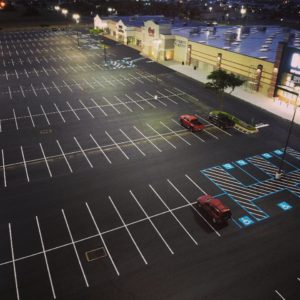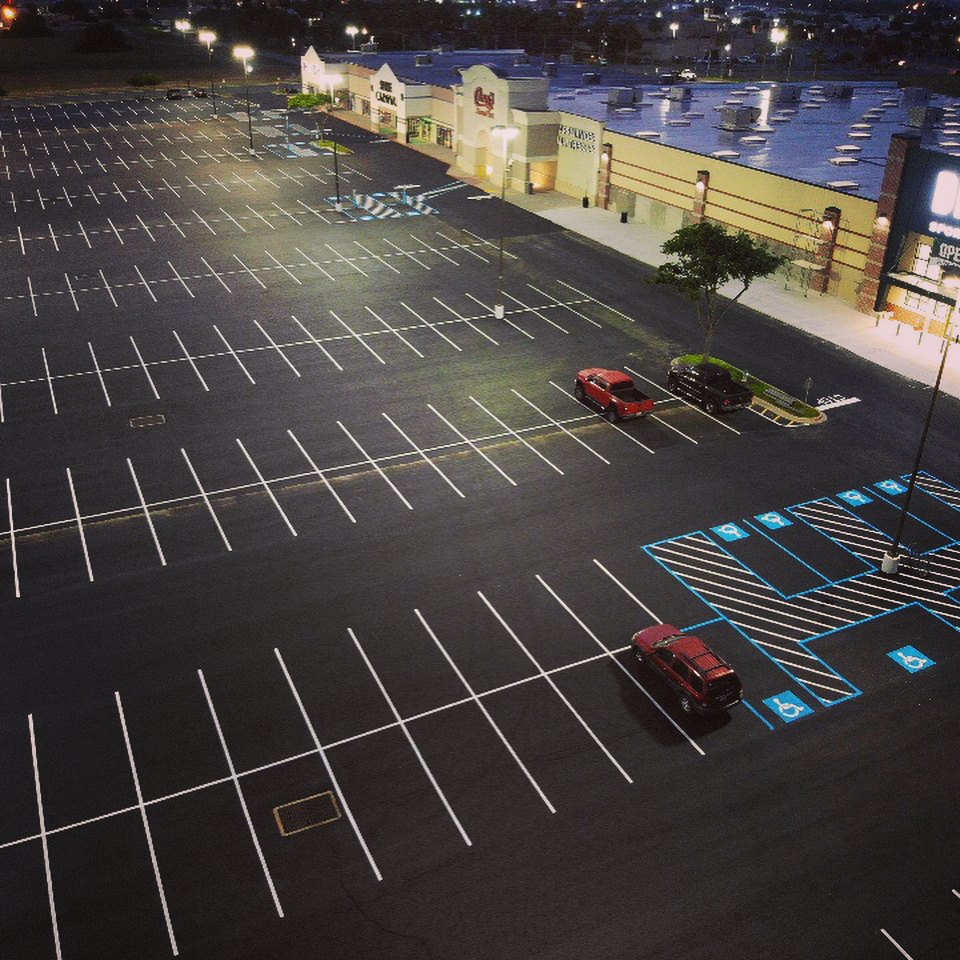
What Causes the Scuff Marks on Asphalt Paving Houston Clients Notice?
As the name suggests, tire scuffing is caused by the vehicles that drive on an asphalt overlay or pavement. Scuffing is more common during the first few months following the installation of the asphalt paving, especially if the installation was completed in the summer. Scuff marks are strictly a cosmetic issue, and they will usually fade over time. Any marks that remain will likely be obscured when you sealcoat your pavement for the first time. Parking lot paving contractors in the Houston area recommend that you start adding sealcoating to your routine paving maintenance as soon as the asphalt has cured sufficiently. For most pavements, this means performing the initial sealcoating about three months after installation, then repeating the procedure approximately every two years. Your asphalt paving company can advise you on the best sealcoating schedule for your particular pavement.
What Do Asphalt Paving Houston Contractors Recommend Clients Do About Tire Scuffing?
Paving companies usually recommend that you simply ignore the scuff marks. As the pavement cures, it will become more resistant to tire scuffing because the pavement will become harder. If you are extremely concerned about tire scuffing, contact your asphalt contractor for advice. Otherwise, you might want to consider actions you might take to reduce the chances of tire scuffing.
1. If possible, have your asphalt paving company install your pavement during the cooler weather of late autumn. By spring, your pavement will be ready to receive its initial sealcoating so that it will be able to withstand scuffing from overheated tires driving on a vulnerable pavement.
2. Although it might not be feasible for a large pavement, flooding a small one with water can help prevent tire scuffing. The water will lower the temperature on the pavement as well as cool the tires on vehicles entering the pavement.
3. Sand can sometimes help as well. Just keep it limited to a thin layer, and place it only where it is needed. If you are not sure where to place the sand, consult your paving maintenance contractor. However, paving companies typically recommend sanding areas where vehicles are most likely to be executing sharp turns, braking, or accelerating.
4. Depending on how much control you have over your pavement, you can ask drivers to refrain from turning their wheels while their vehicles are stationary, braking hard unnecessarily, and accelerating more quickly than is needed.
For additional assistance, contact the paving professionals at Marathon Solutions Group. We have a reputation for exceptional craftsmanship, exemplary service, and extraordinary integrity. We offer an extensive list of asphalt services, including paving, sealcoating, milling, crack repairs, and asphalt resurfacing. We also offer parking lot striping, concrete installation, marking removal, thermoplastic markings, bollards, concrete repair, and parking lot signs. To request a free quote, you can fill out the online form, call 800-879-1147, or email HQ@Marathon-Solutions.com.


